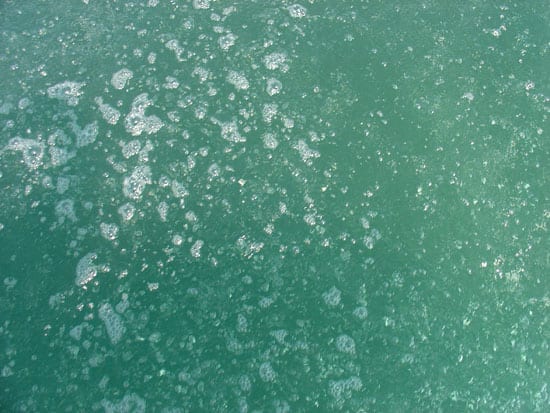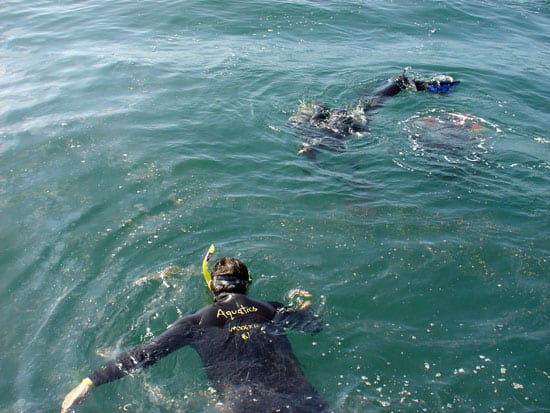Natural Petroleum Seeps Offer Clues to the Past and the Future
August 1, 2006
Just a half mile off California’s coast near Santa Barbara, and in coastal areas around the world, natural petroleum seeps are releasing an astonishing amount of methane gas and oil into the environment each yearmuch more than accidental oil spills and runoff from roads on a worldwide basis. At the Santa Barbara seeps, about 5,000 gallons of methane and oil leak every day. Some of the methane, which is a greenhouse gas, can reach the atmosphere and have potential implications for climate change. The oil can be naturally degraded by microbes and disappear before it reaches the surface, but some appears as tar balls on the beach. Geochemists at the Woods Hole Oceanographic Institution (WHOI), funded by grants from the Department of Energy and the Seaver Institute, are studying this natural laboratory to better understand the fate and effects of oil in the marine environment, and how natural populations of microbes in the ocean eat, or biodegrade, the oil. Researchers hope understanding these natural processes can be applied to the clean-up of future oil spills and the remediation of contaminated sites.


